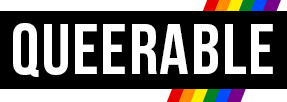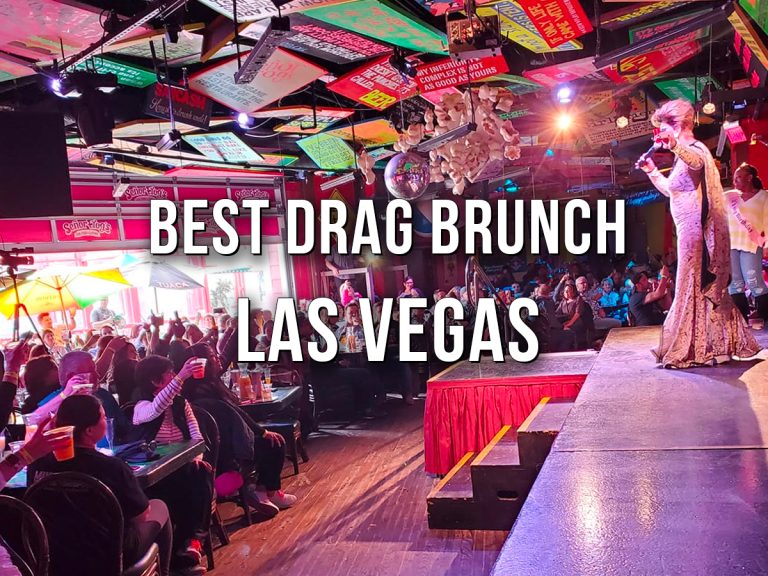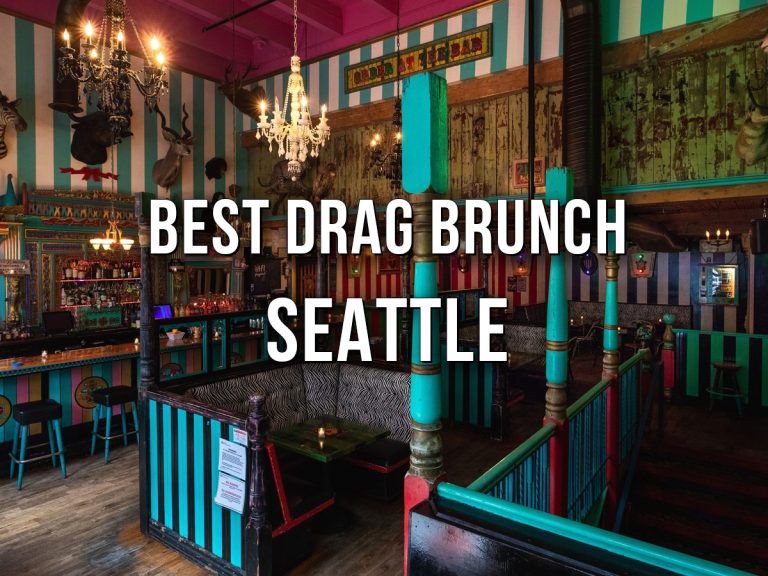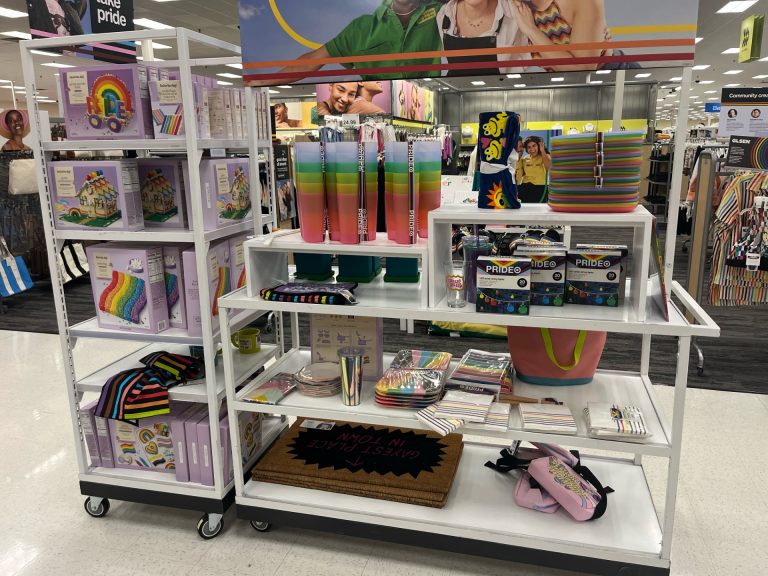The Bisexual Flag: Where Does the Flag Come From?
In the LGBTQ+ world, there are so many communities! From Gay, to Lesbian, Bisexual, and Transgender. From Non-Binary to Asexual, to Two-Spirit, and Pansexual. There are a handful of communities in the Queer world, and they each have their own unique pride flag with special colors, origins, and meanings. In this article, we will be diving into the history and meaning of the Bisexual pride flag; what the colors mean, as well as when and why the Bisexual pride flag came to be as it is in today’s world. Let us begin!
Bisexual Pride Flag History
Believe it or not, the Bisexual pride flag is not very old. We as a community are all aware of our rainbow pride flag; the rainbow flag was introduced during San Francisco Freedom day in 1978, after Harvey Milk asked Gilbert Baker to create a symbol of pride for the community in 1974. However, the Bisexual pride flag has only been around since 1998! That is right, the Bisexual pride flag is only 25 years old. Michael Page, the designer of the flag, adapted the current flag’s design from Liz Nania.
If you are not familiar with Liz Nania, she was a co-organizer for the second national march on Washington for Lesbian and Gay Rights in 1987. Her original design, which you might still see in today’s pride festivals, features a pink triangle (a reference to the upside down triangle the Nazi’s used in Germany to represent Homosexuality), and a blue triangle (to represent Heterosexuality) overlap each other to create purple, or more specifically, lavender (a reference to Lavender Menace which was a negative term to describe Lesbians at the time of the 1970 Second Congress to Unite Women which featured a group of Lesbian feminists (the Lavender Menace) who were protesting the exclusion of Lesbians in the feminist movement).
The Bisexual Pride Flag Colors
Michael Page has stated when he re-designed the symbolism for Bisexuality into a flag, he wanted to keep the same color meanings of pink (Homosexuality), and blue (Heterosexuality), but emphasizing that mixing the two colors to get purple was to represent being attracted to both males and females. Today, his design is still the most common, but there are other designs that are similar as well. The Bisexual pride flag ratio is about 3:5, but there are some iterations with the Bisexual pride flag having ratios of 2:3.
If you were wondering what the exact shades of colors being represented in the Bisexual pride flag were. You will be interested to know that the pink shade is actually supposed to be Magenta, accompanied by standard purple, and followed by royal blue. The typical design of the Bisexual pride flag is magenta as the top stripe, purple as the middle stripe, and royal blue as the bottom stripe. However, there are other iterations of the flag and Bisexual symbolism where the colors are not in that order, but any design is considered acceptable as long as those exact colors are still present.
Is The Bisexual Pride Flag Up For Debate?
Similar to how Bisexuality is argued as debatable, the Bisexual pride flag itself has had some controversial debating going on. In 1998, Michael Page announced that the Bisexual pride flag was not, and would not be trademarked or patented, and was free for the public to use commercially. Fast forward in 2020, a company called BiNet USA – a nonprofit organization who’s purpose was to promote a sense of community for anyone identifying as Bisexual, and to create visibility for the Bisexual community had announced that they were the only organization that had copyright ownership of the flag and said if any other organization wanted to use the Bisexual pride flag for any mainstream commercial purpose, they would have to get a license through BiNet USA to have that legal right. BiNat USA has claimed that they were the oldest Bisexual nonprofit organization around, but they have had no participation in the flags design or creation.
LGBTQ Nation and Out magazine brought to the spotlight BiNet USA’s claim and stated that the Bisexual pride flag is not eligible for any copyrighting and that their claim was wrong. Around May of 2020, BiNet USA took back their claim and changed their Bisexual pride design, discontinuing their usage of the standard Bisexual pride flag.
BiNet USA has slowly pushed itself out of the mainstream commercial media and usage after President Faith Cheltenham changed to being Christian conservative and was discontinuing any and all participation in progressive politics. After this statement, there was a lot of back and forth on who would now be running the organization, with Faith Cheltenham basically taking back her position and stating they would not be a part of social media usage anymore; basically, this organization is now inactive.
Facts are Facts, America
Aside from the 2020 controversy, there are a few positive facts surrounding the Bisexual community that you might find interesting.
According to a 2022 article from TIME magazine…
- Just like Pride month (June), the Bisexual community has their own national day as well, and that day is September 23rd. This began in 1999.
- A poll conducted in 2021 through Gallup stated that 54.6% of Americans identify as Bisexual; that is over half of the United States population.
Summary
The Bisexual pride flag may have been invented after some of the more major LGBT+ plus events of the 70’s and 80’s, however, the flag has still been an important part of the Queer community. Aside from the rainbow pride flag, the Bisexual pride flag was also the second most common pride flag to be advertised during the debate of continuing or discontinuing Don’t Ask, Don’t Tell with the United States military. The Bisexual pride flag has shown that representation does matter, as many people especially in the Queer community say that Bisexuality is not real – the flag has remained a major support to those who identify as Bisexual. Just like the rainbow pride flag and all the other pride flags, the Bisexual pride flag is not going anywhere and will continue to be a symbolic representation of love and acceptance and should be seen as a good example of being open minded to all types of people within the Queer community. Now, can I get an amen!?




